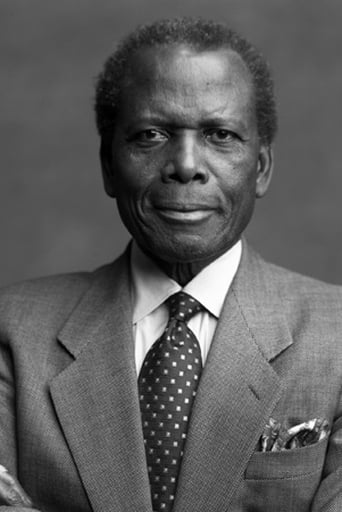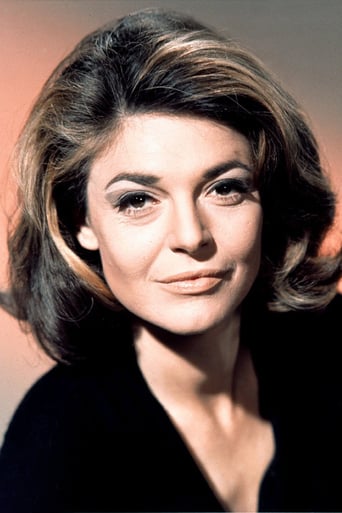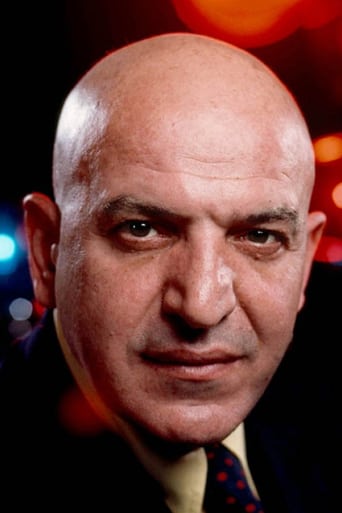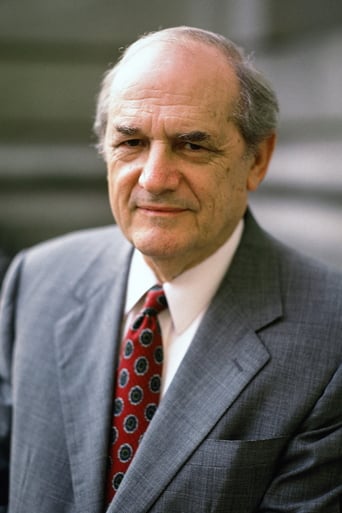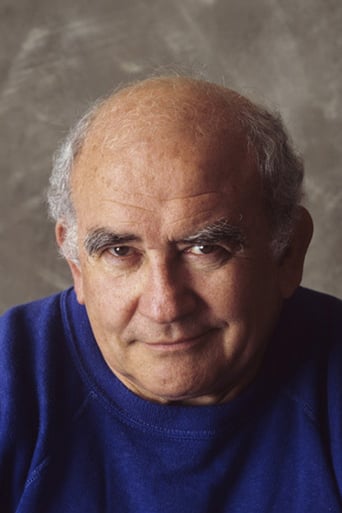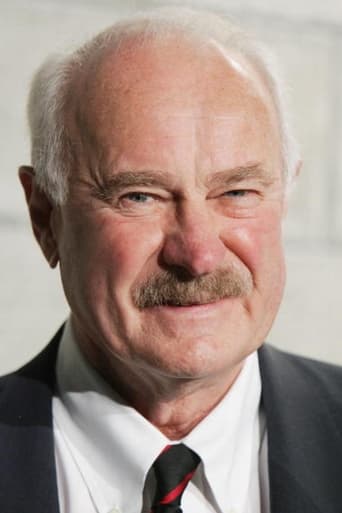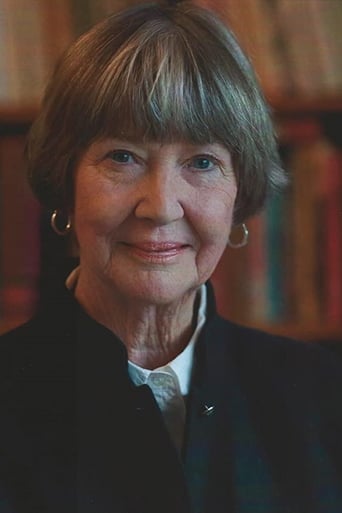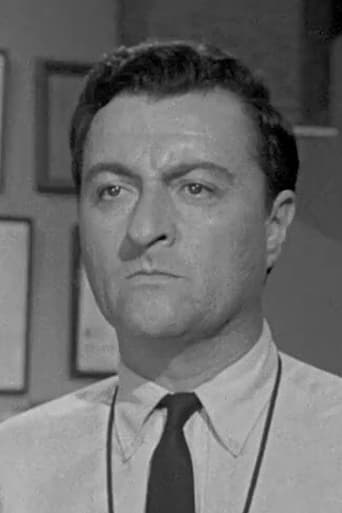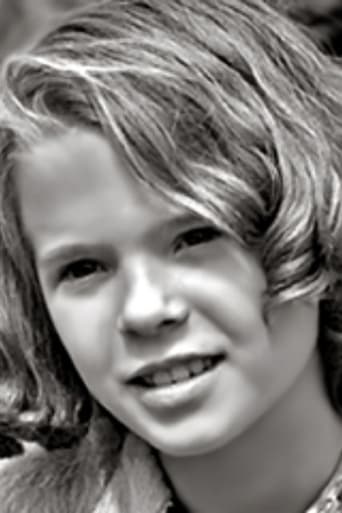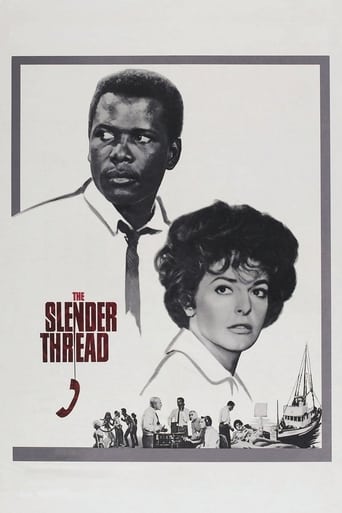
The Slender Thread
December. 16,1965Alan is a Seattle college student volunteering at a crisis center. One night when at the clinic alone, a woman calls up the number and tells Alan that she needs to talk to someone. She informs Alan she took a load of pills, and he secretly tries to get help. During this time, he learns more about the woman, her family life, and why she wants to die. Can Alan get the cavalry to save her in time before it's too late?
Similar titles
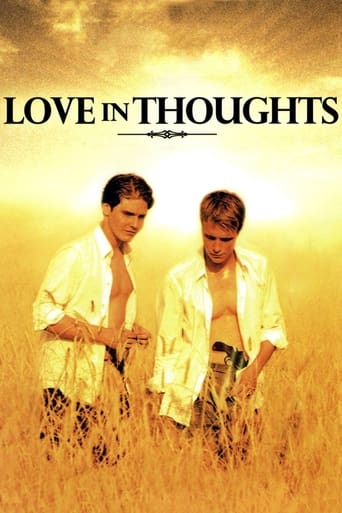
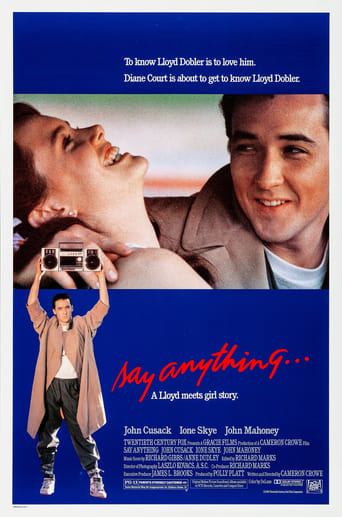


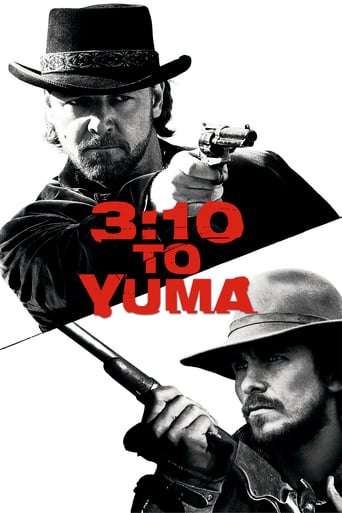
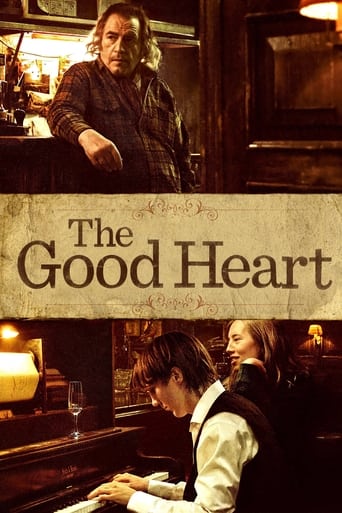
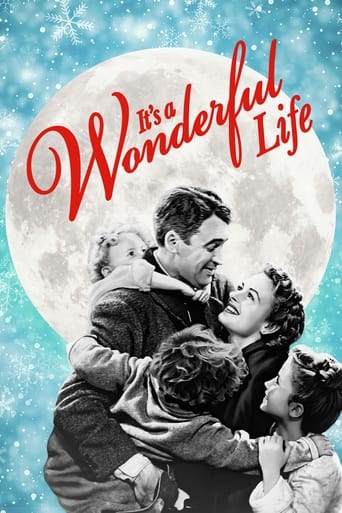
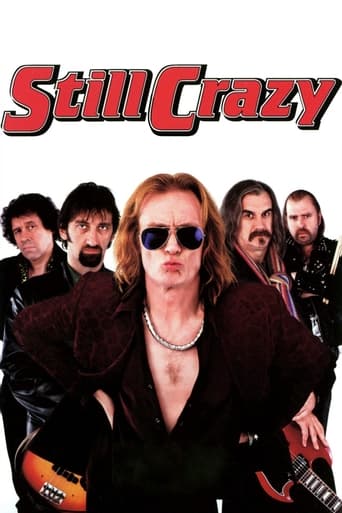
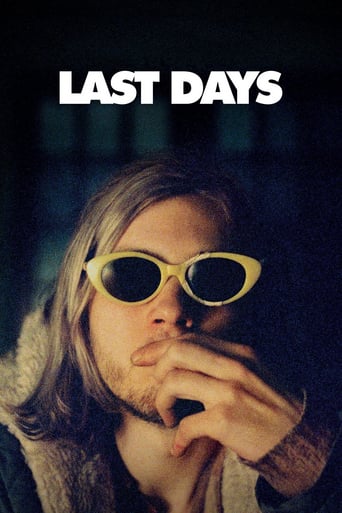
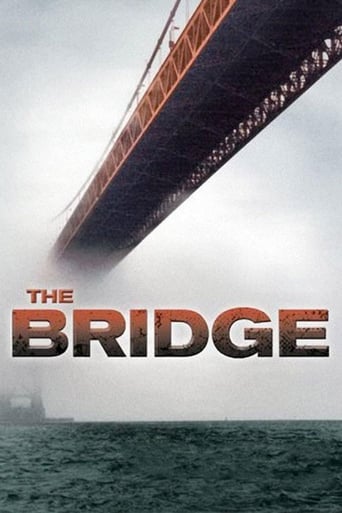
Reviews
People are voting emotionally.
Just perfect...
It is a performances centric movie
I don't have all the words right now but this film is a work of art.
...even if it couldn't be made today, at least the way it was made then.It was a terrific suspense movie that had the added benefit of showing Poitier in a totally race-neutral role as young psychology student Alan Newell who is volunteering at the local suicide hotline crisis center on a night that he has every reason to believe will be quiet...and then Inga Dyson (Ann Bancroft) calls him. She has just taken a bottle of barbiturates, does not want to be rescued, but does want to talk. So Alan has to keep his cool and keep Inga on the line long enough to be found, and she only has about 90 minutes to live.What makes this movie totally anachronistic today is that the entire plot centers around a coordinated effort by scores of public servants in Seattle to trace Inga's phone number and save her before the pills do their job. Of course it would take about 10 seconds for the line to be traced today, which would kind of do away with the suspense.The suspense is that her call COULD be traced, but it requires the huge telephone company building with countless thousands of connecting plugs and wires that had to be narrowed down, plus the police and fire departments and the State Department of Motor Vehicles, in order to locate the caller's number and where she was calling from. It was like a giant public works department that gave employment to pretty much every proactive player we see in the movie.In the character development department we have a conversation between Alan an Inga in which we see how she got to the point of despair. It is one part of unforgiveness on her husband's part for a deed done before they were ever married, too much time on Inga's hands one day as the husband continues to stay emotionally detached from her as though she is some unclean thing, the fact that she wanted to talk to somebody about how she felt but could find nobody who would, and the final straw involves the death of an injured bird that is regarded callously by those around her while she tries to help.In addition to Poitier and Bancroft, Steven Hill gives a chilling and highly credible performance as the unforgiving husband who's driven Bancroft to her suicide attempt. He's such a creepy character that he makes us almost want to force him to swallow those pills instead, and that's a sign that he plays the part to perfection. Highly recommended because the emotions still ring true even if the technology is long gone.
Last week, as I mentioned in my review of THE WAY WE WERE, director and actor Sidney Pollack died of cancer. Pollack was known as an actor's director because of his own experience as a performer. I chose THE WAY WE WERE as the film by Pollack most destined to be considered great, but TOOTSIE, OUT OF Africa (his Oscar winner), JEREMIAH JOHNSON, and several others are worthy of consideration too. So is this, the first film Pollack directed, which is both an emotion churning drama regarding two people trying (one desperately) to relate to each other, and also a police procedural in tracing a missing person.Sidney Poitier has just begun manning a 24 hour suicide prevention phone, and is working alongside Telly Savalas (as a psychiatrist here - rather interesting casting that), Indus Arthur and Jason Wingreen. There is a phone call from a woman (Anne Bancroft) who has just swallowed nearly a dozen sleeping pills. Poitier and the others are aware that she is going to be dead in less than two hours unless she reveals where she is or the police (who are notified) are able to trace her phone call. There is a problem - they can't tap the phones in Poitier's office without her noticing, so the Police are forced to depend on information Savalas or Wingreen manage to relate to them quietly from a distant corner. The police (one hand tied behind their backs) try to quickly analyze each clue with their most up-to-date (c. 1964) equipment, but find it nearly impossible. One cop who has been watching the work going around (his shift being over) is Ed Asner. He decides to drive in the approximate area that the call might have come from - looking for Bankroft's distinctive car.While the police struggle onward Poitier and Bancroft continue their long phone conversation. The movie is unique as the two stars never actually appear in one scene together (the script, by the way, is by Sterling Silliphant) but are heard talking on the phone. Poitier is slowly losing his cool trying to coax enough information out of Bancroft about the reason for the suicide and where she currently is.In the course of the conversation we learn (through flashbacks) that Bancroft's marriage to Steven Hill is getting sour because of a past indiscretion he cannot bring himself to forgive. Her sense of growing isolation from Hill, from her son (Greg Jarvis), and from her job and the world. The crisis occurs after a dinner with her husband does not lead to a better sexual relationship, and when he returns to his job (he's the captain of a fishing trawler) her isolation pushes her over the edge. The breaking point deals with her failure to save a little bird. Shortly after she decides on suicide.The conclusion is whether Asner and the cops will find Bancroft in time, or is she going to succeed in killing herself. All the actors acquit themselves well in the film, particularly Bancroft as a woman who sees no chance to regain what she lost. Poitier's intensity struggling to pull Bancroft from the edge is quite good as well, as is Asner's realistic cop (bucking his own reputation and the way he's viewed by his fellows) to try to find the woman before it's too late. Hill too comes out well - no Adam Shift here, no grizzled veteran who has seen it all (as he was on LAW AND ORDER) but a simple man who loves his wife, but feels she has disappointed him and God. Yet in the crisis he too regains his true sense of how he does not want to lose her.Pollock in his first film showed an artistic flair as well, particularly (in my opinion) the sequence on the beach with the injured bird and the children. Stark and stripped of anything relieving the gray and blackness of the scene, it bodes ill even when Bancroft wrongly thinks she can save the little creature. Also note the final scenes where Asner and the cops have to push through crowds of people (who have no reason to understand why they are there) to try to find Bancroft. He certainly showed he had an eye for the construction of his scenes, and the film was an Oscar nominee for best costume design (black and white) and best art (black and white). It was a very promising start to a fine directing career.
I believe that this was Sydney Pollack's directorial debut. If so, then he certainly gave an interesting insight into his future work. Seattle college student Alan Newell (Sidney Poitier) is working at a crisis hotline center when he gets a call from housewife Inge Dyson (Anne Bancroft), who is reaching the breaking point. Because they can't see each other, it gives the movie a real sense of tension, as implied by the title - even if it drags a little bit at times.A previous reviewer said that Poitier plays his usual role: a morally superior black man in a white-dominated society. That's partly true, but here, he has a job that anyone could have, and his race doesn't really matter (although as the reviewer noted, they could have been subtly talking about race). As for Anne Bancroft, her death six months ago brings her filmography to mind. This may have not been her most famous role, but I would recommend it.
I remember seeing this film a few years ago and it stuck with me for some reason. looking at it again, i know why. The whole thing has a mid-1960s melancholy to it, almost with a tinge of the horror films that would emerge in the late 1960s, like rosemary's baby, or, roman polanski's first horror film 'repulsion' which was made in the same year as slender thread. one of the most amazing things about this film is the opening sequence which uses all kinds of staples of film shooting styles and techniques of the mid-late 60s, which themselves add a melancholic tone to the film. There is the space needle, which looks positively cold-war futuristic with the car going up the side of it; the world's fair architecture with its modernist water fountains--which foreground the first shot a desperate-looking Anne Bancroft, and of course, the locks, dams and highways of the Seattle waterfront. You can't help but get nostalgic seeing the Seattle of this time. Not to mention that Anne Bancroft's husband is a fisherman. I've never been to Seattle but i'm pretty sure most of this stuff is gone. (wasn't there some attempt to save the old docks in a big standoff in 1964?). If you want to see another view of Seattle in the early 70s, I recommend seeing "Cinderella Liberty" with James Caan. Then there are even more visual and aural elements which help create the mood: the shots of the 'backroom' of the telephone company--with its immense network of phone lines--actual physical lines!--and the women operators unplugging and plugging cables to connect one line to another. These are bygone days! You wonder if Sydney Pollack wasn't subtly, or not so subtly, making a comment on the postwar bureaucratized society itself. Another treat is the 'Hyatt hotel' sign towards the end of the film. Total 1960s visual. And of course, Quincy Jones' soundtrack with some great Sam and Dave-style jazzy organ music.Visuals aside, this is a great film. Again, dealing with some rather dark issues. The scene where Anne Bancroft comes home and sees her husband in the living room looking depressed...you don't know if he's having a psychotic episode, has lost his job or is on LSD. Anne Bancroft, overall, is a disturbing character. Perhaps more disturbing is that she would play another tragic character two years later - Mrs. Robinson, in The Graduate. Sidney Poitier is in usual form - the studious, morally-superior black in a predominantly white setting. I like what someone else here said - that the film very subtly has a subtext on race (how could a 1960s film showing blacks and whites in the same frame not? How could we as Americans not read race into the film?) while never dealing with race explicitly. This is actually one reason I think Sidney Poitier's characters and films are an important, and yet lost, representation of race relations. For all the flack that he got in the racially charged mood of the 1960s as an assimilationist good black who whites could accept, especially as he was the first black protagonist in films (it didn't help that he was West Indian, having grown up in the Bahamas). to me I still see some kind of Caribbean AND Black persona in his characters which I think he 'sneaks in' in subtle ways. His classic move is some breaking point at which he can't take any more -- whether its racial bigotry, disrespect for authority, or something else -- and he delivers some great speech of moral indignation. He does it in 'pressure point', in 'to sir with love', 'in the heat of the night', and maybe a few others. It may be pretentious at times, but this 'style' disappeared after the late 60s as blaxploitation with its overly masculinized and violent characters became the dominant representation in film.Anyway, all the political and social analysis aside, this is really a great film.
Top Streaming Movies













